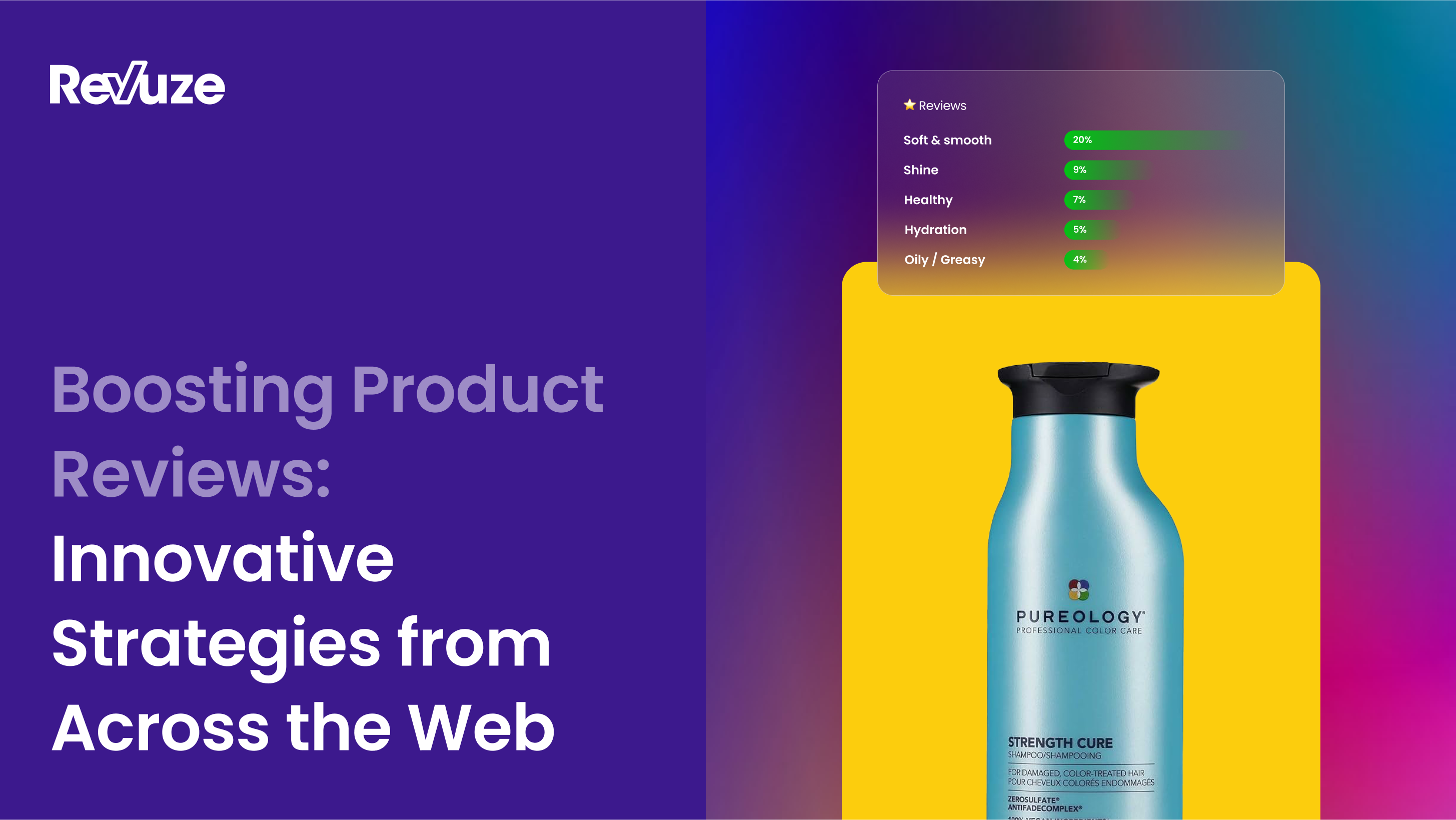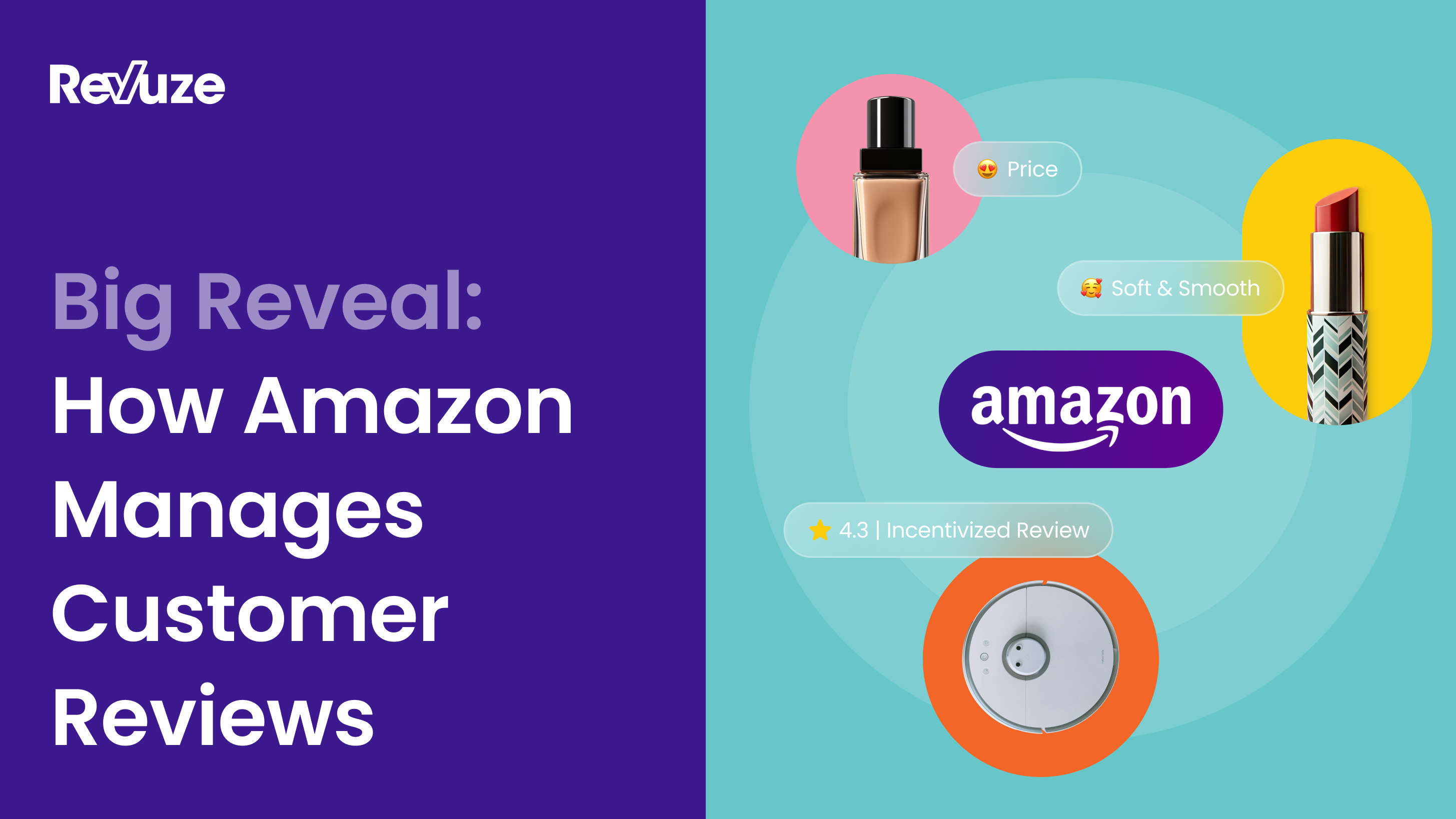
Social media sentiment—commonly referred to as “social sentiment”—is the feeling or attitude people express on social media regarding a specific brand, service, or product. Social sentiments are usually expressed through posts or comments on networks like Facebook, Twitter, Reddit, LinkedIn, and so on. For businesses that care about managing their image and their brand reputation, social sentiments are crucial to gather data on their consumers and on their competitors.
In this blog post, we will discuss in detail what social sentiments are, why they are important for brands, and how they can be used to improve branding and marketing strategies overall.
Why Is Social Sentiment Important For Brands?
Whether a company has an active presence on social media or not, the company’s consumers and users most likely do. On social media, people speak their minds; they express their opinions about politics, shopping, technology, and so on; many people ask for recommendations on Facebook (examples: “What’s the best online translation service?” or “Can anyone recommend a good website to edit photos?”) and exchange thoughts. In addition, many people rate and write reviews on businesses and services—restaurants in particular—online using Google and Yelp.
The bottom line is, many people are having online conversations about your brand. In those conversations, they’re probably expressing their “social sentiments.”
You may think that’s great: It’s publicity! Awesome! That’s partially true—the fact that people are talking about your brand or business means that it’s relevant enough. But those posts, tweets, comments, and reviews are not necessarily positive; many of them are likely to be negative or critical, and in some cases their words can be very harmful for your business.
While you cannot (and should NOT) control social sentiments, you can definitely use them as a tool to improve your product or service or to improve your marketing and branding efforts.
Social sentiments are important for brands in particular for two reasons:
- They give you insights on your audience
- They help you analyze the Voice of Customer (VoC)
If your goal is to maximize the potential of your customer’s experience, social sentiments can offer you a valuable glimpse into the thoughts and attitudes your customers have towards your product, as well as the products of your competitors. Social sentiments are precious data that can be analyzed to understand what works and what doesn’t, what they love and what they hate, what could be improved and what should remain the same. Later in the article, we’ll look closer at how the data can be analyzed (hint: it has to do with… sentiment analysis).
Paying attention to social sentiment is a way to make the “Voice of Customer” (VoC) heard. Think about it: A negative customer experience can result into a negative social sentiment, which can result in losing your customer, damaging your brand and public image, and realizing that that your product or customer service are not good enough. By listening closely to the VoC, you can prevent, avoid, or minimize these issues.
Paying attention is also important because companies that succeed are usually very aware of the surrounding environment, they monitor their audience and their competitors, as opposed to being narrow-minded and disregard the “noise” that might take place outside their headquarters.
How Social Sentiment Helps With Customer Experience Analysis
Let’s say your company experiences a massive surge in tweets mentioning the brand’s name, Facebook comments, and so on. There’s some buzz surrounding your brand! There’s a conversation going on! Something must have happened.
Obviously, the buzz is not necessarily good news, because not all publicity is good publicity. There is a saying in Hollywood that making it into the gossip headlines, whether it’s for good or bad reasons, is always good publicity; that definitely does not apply to communications, branding, and marketing. Some negative publicity and social media buzz can have devastating effects on your business; however, the earlier you detect it, the better you can handle the situation; in some cases, you can even turn a bad situation into a great one!
How social sentiment work?
First of all, companies do something called “social listening” or “social media monitoring.” They use a social listening software to monitor social media (Facebook, Twitter, etc.) and automatically detect all comments, posts, public conversations, and tweets that mention your product or brand. Think if you had to do this manually—it would be expensive, time-consuming, and you may easily miss some of these tweets.
Social media monitoring will help you gather all social sentiments.
At this point, you need to use a sentiment analysis tool to analyze the data you’ve gathered and classify it as “positive,” “neutral,” or “negative.” A refined sentiment analysis software, like the one developed by Revuze, can give a score to the social sentiment and help you distinguish between different degrees of positivity and negativity; in fact, some opinions might be mixed!
If you want to learn more about sentiment analysis, you should check out Revuze’s detailed article about the topic, which explains how sentiment analysis works and how it’s used by different companies.
If you’re also curious to learn more about text analytics, the technology used to analyze a piece of writing automatically, you can read this other blog post entitled “What Is Text Analytics?”.
Once you’ve built your database of positive, neutral, and negative sentiments, usually restricted to a specific time period or even a specific geographic area, you can calculate the net sentiment. It’s very simple. The net sentiment is the net value of all those opinions expressed on social media about your brand or product. You can calculate it in two ways:
- Total positive mentions PLUS total neutral mentions MINUS total negative mentions.
- Total positive mentions MINUS total negative mentions.
You can decide which way to use depending on how much weight you want to give to the neutral mentions. Depending on the situation, you might want to pay more or less attention to those neutral mentions.
Social sentiment analysis can also help you calculate the “net promoter score.” Commonly, customers are categorized depending on their feedback into three groups: (a) promoters (enthusiastic about your product, likely to recommend it to others), (b) passives (satisfied but not loyal), (c) detractors (unhappy customers who might want to damage the reputation of your brand).
Similarly to the net sentiment, we can calculate the net promoter score by detracting the percentage of detractors from the percentage of promoters.
Ways to Use Social Sentiment
Here are some of the most common ways to use social sentiments.
- Evaluation of your brand’s health. Don’t we all go to our annual physical exam to check that everything is alright? Sometimes it is better to prevent than to cure. The same applies to your brand’s health. Using social sentiment (i.e. using social media monitoring and sentiment analysis) on a regular basis can help us gather opinions and reactions, especially after launching a new product or a new feature. And yes, sometimes it can help us prevent a crisis.
- Handling a crisis. Let’s picture it. You walk into the office, and boom, overnight there has been a spike in comments, tweets, posts mentioning your brand. Soon enough, thanks to sentiment analysis, you realize that all of those comments are negative. Something has happened, and the reaction on social media can seriously damage your brand and ultimately your business! Understanding what’s going on and what people are saying early can help you handle the crisis, put out a statement, and prevent negative outcomes.
- Competition research. You often share your audience with your competitors; this means that you can monitor social sentiments also to see how your rivals are doing, what people like and dislike about their product, etc. Researching your competition can help you prevent certain mistakes and offer a product or solution that is overall better than theirs.

In conclusion, the aim of this article was to explain what social sentiments are and how they can be useful for your branding strategies. Social sentiment will make you aware of what people are saying and will help you make smart decisions related to the future of your business.
Check out our blog for more posts like this one.
 All
Articles
All
Articles Email
Analytics
Email
Analytics








 Agencies
Insights
Agencies
Insights